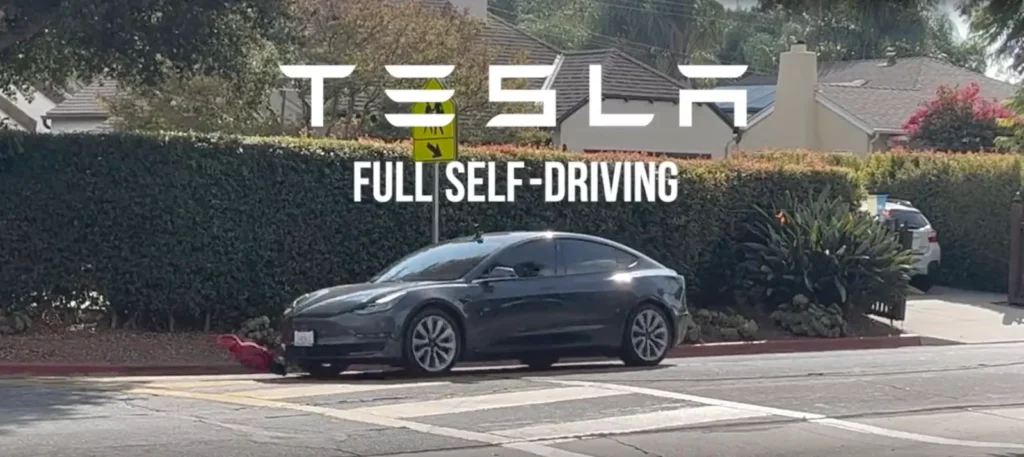Tesla’s ambitious pursuit of full self-driving (FSD) capabilities has faced significant setbacks, with recent incidents and regulatory scrutiny casting doubt on the company’s approach. While competitors like Waymo are making strides in autonomous driving, Tesla’s reliance on camera-only technology has raised concerns about its safety and reliability.
One glaring issue is the lack of robust sensor fusion. Unlike other autonomous vehicle developers who utilize a combination of cameras, LiDAR, and radar, Tesla has stubbornly stuck to a camera-centric approach. This decision has proven problematic, especially in challenging weather conditions such as rain, fog, or heavy snowfall, where camera sensors struggle to accurately perceive the environment.
The National Highway Traffic Safety Administration (NHTSA) has taken notice of these shortcomings. A recent investigation into 2.4 million Tesla vehicles equipped with FSD highlighted the potential dangers associated with the technology. The NHTSA’s findings suggest that Tesla’s FSD system may not adequately ensure driver attention or respond appropriately to adverse weather conditions.
Furthermore, Tesla’s over-reliance on AI and software updates to achieve FSD has led to a pattern of over-promising and under-delivering. Despite years of development and billions of dollars invested, the FSD software remains far from being ready for widespread deployment.
Industry experts and analysts have echoed these concerns. Tesla’s camera-only approach could hinder the company’s ability to launch a robotaxi service in the near future.
In conclusion, Tesla’s aggressive pursuit of FSD through a camera-only approach is a risky gamble. The company’s disregard for robust sensor fusion and its reliance on software-based solutions have led to safety concerns and regulatory scrutiny. As Tesla continues to push the boundaries of autonomous driving, it is crucial to prioritize safety and reliability over ambitious timelines.
Reference- Reuters, The Verge, Electrek, Inside EVs, Futurism, Economist, TechCrunch
